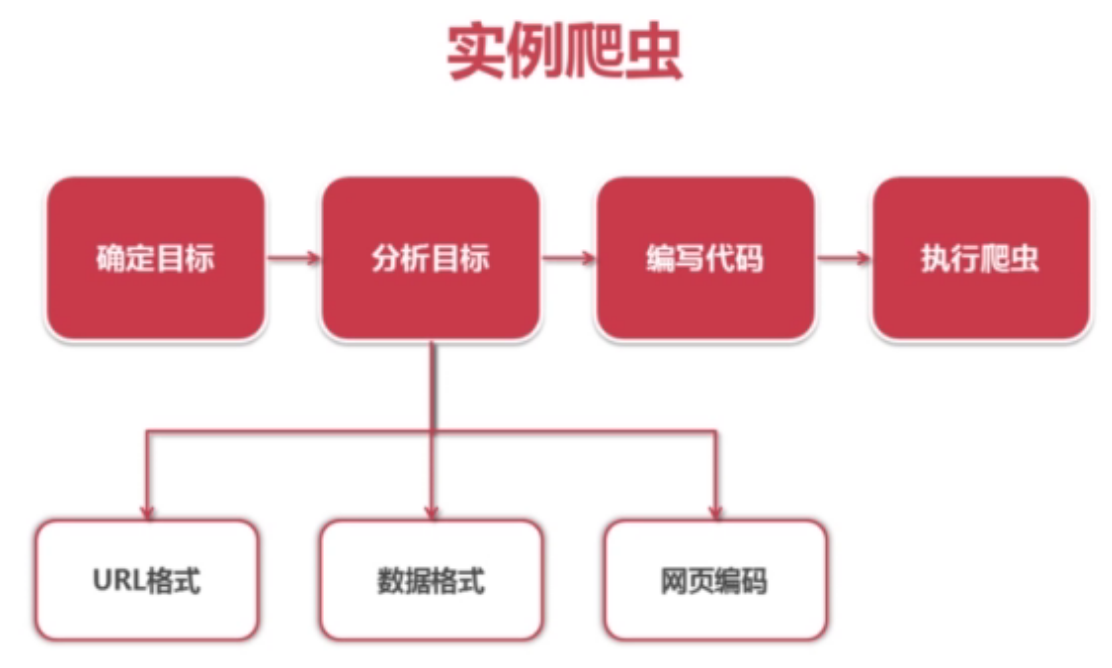用BeautifulSoup 解析html和xml字符串
实例:
#!/usr/bin/python
# -*- coding: UTF-8 -*-
from bs4 import BeautifulSoup
import re
#待分析字符串
html_doc = """
<html>
<head>
<title>The Dormouse's story</title>
</head>
<body>
<p class="title aq">
<b>
The Dormouse's story
</b>
</p>
<p class="story">Once upon a time there were three little sisters; and their names were
<a href="http://example.com/elsie" class="sister" id="link1">Elsie</a>,
<a href="http://example.com/lacie" class="sister" id="link2">Lacie</a>
and
<a href="http://example.com/tillie" class="sister" id="link3">Tillie</a>;
and they lived at the bottom of a well.
</p>
<p class="story">...</p>
"""
# html字符串创建BeautifulSoup对象
soup = BeautifulSoup(html_doc, 'html.parser', from_encoding='utf-8')
#输出第一个 title 标签
print soup.title
#输出第一个 title 标签的标签名称
print soup.title.name
#输出第一个 title 标签的包含内容
print soup.title.string
#输出第一个 title 标签的父标签的标签名称
print soup.title.parent.name
#输出第一个 p 标签
print soup.p
#输出第一个 p 标签的 class 属性内容
print soup.p['class']
#输出第一个 a 标签的 href 属性内容
print soup.a['href']
'''
soup的属性可以被添加,删除或修改. 再说一次, soup的属性操作方法与字典一样
'''
#修改第一个 a 标签的href属性为 http://www.baidu.com/
soup.a['href'] = 'http://www.baidu.com/'
#给第一个 a 标签添加 name 属性
soup.a['name'] = u'百度'
#删除第一个 a 标签的 class 属性为
del soup.a['class']
##输出第一个 p 标签的所有子节点
print soup.p.contents
#输出第一个 a 标签
print soup.a
#输出所有的 a 标签,以列表形式显示
print soup.find_all('a')
#输出第一个 id 属性等于 link3 的 a 标签
print soup.find(id="link3")
#获取所有文字内容
print(soup.get_text())
#输出第一个 a 标签的所有属性信息
print soup.a.attrs
for link in soup.find_all('a'):
#获取 link 的 href 属性内容
print(link.get('href'))
#对soup.p的子节点进行循环输出
for child in soup.p.children:
print(child)
#正则匹配,名字中带有b的标签
for tag in soup.find_all(re.compile("b")):
print(tag.name)
爬虫设计思路:
详细手册:



























 1177
1177











 被折叠的 条评论
为什么被折叠?
被折叠的 条评论
为什么被折叠?








